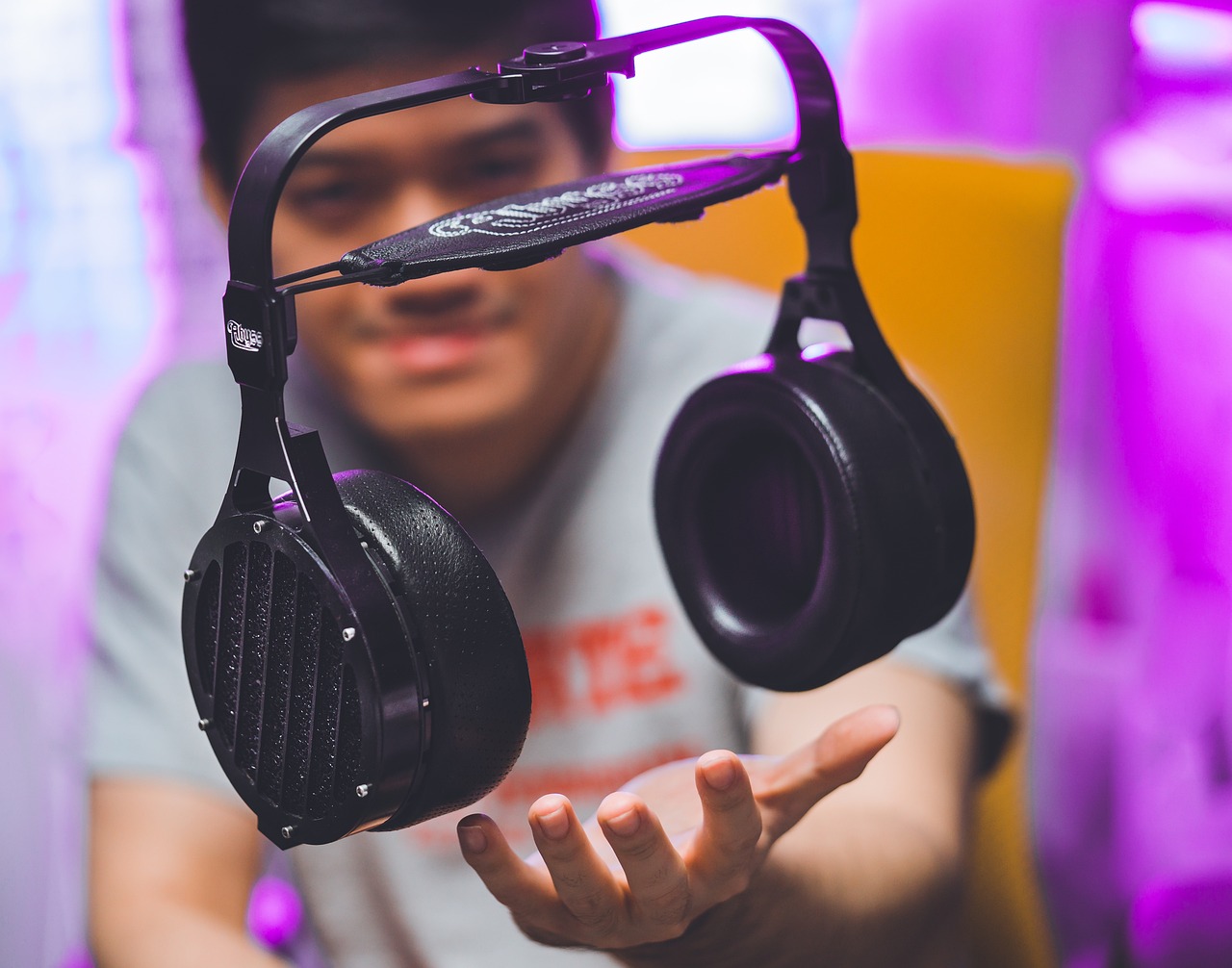Exploring the World of ASMR: Entertainment or Therapy?
ASMR, known as Autonomous Sensory Meridian Response, is a phenomenon characterized by a tingling sensation that typically starts on the scalp and moves down the back of the neck and upper spine. People who experience ASMR often describe it as a calming and pleasurable feeling that can induce relaxation and sometimes even sleepiness.
This sensation is often triggered by specific auditory or visual stimuli, such as whispers, tapping sounds, personal attention, or repetitive movements. Essentially, ASMR is a unique sensory experience that varies from person to person in terms of triggers and intensity, with some individuals being more sensitive to these stimuli than others.
The Origins of ASMR
ASMR, or Autonomous Sensory Meridian Response, has a mysterious origin that is still widely debated among researchers and enthusiasts. Some trace the roots of ASMR back to the late 2000s when early internet communities began sharing videos and experiences related to the tingling sensation that ASMR triggers. Others believe that ASMR has existed for centuries, with references to similar sensations found in historical texts and practices.
The modern understanding and recognition of ASMR as a phenomenon can be attributed to the rise of social media platforms and the popularization of ASMR content on platforms like YouTube. As these videos gained traction and viewership, more people became aware of the soothing and pleasurable sensations that ASMR triggers could induce. With the increasing popularity of ASMR content creators and channels, the community surrounding ASMR has grown significantly, leading to further exploration and understanding of this unique sensory experience.
Different Types of ASMR Triggers
ASMR triggers can vary greatly from person to person, as each individual may respond differently to different stimuli. Some common types of ASMR triggers include soft whispering, gentle tapping sounds, and the crinkling of paper. For many people, these sounds can induce a state of relaxation and calmness, creating a tingling sensation that starts from the scalp and travels down the spine.
Visual triggers are another category of ASMR triggers that can elicit the tingling sensation and sense of relaxation. These triggers may include watching someone perform a task with meticulous attention to detail, such as painting or crafting. Additionally, repetitive movements like hand movements or gestures can also serve as visual triggers for those who experience ASMR. The combination of auditory and visual triggers in ASMR content often aims to create a multisensory experience that soothes and relaxes the viewer.
• Soft whispering
• Gentle tapping sounds
• Crinkling of paper
Visual triggers:
• Watching someone perform a task with meticulous attention to detail
• Repetitive hand movements or gestures
The combination of auditory and visual triggers in ASMR content aims to create a multisensory experience that soothes and relaxes the viewer.ASMR triggers can vary greatly from person to person, as each individual may respond differently to different stimuli. Some common types of ASMR triggers include soft whispering, gentle tapping sounds, and the crinkling of paper. For many people, these sounds can induce a state of relaxation and calmness, creating a tingling sensation that starts from the scalp and travels down the spine.
Visual triggers are another category of ASMR triggers that can elicit the tingling sensation and sense of relaxation. These triggers may include watching someone perform a task with meticulous attention to detail, such as painting or crafting. Additionally, repetitive movements like hand movements or gestures can also serve as visual triggers for those who experience ASMR.
What is ASMR?
ASMR stands for Autonomous Sensory Meridian Response, which is a tingling sensation that some people experience in response to certain triggers. ASMR videos are popular on platforms like YouTube, designed to induce this calming sensation.
What are the origins of ASMR?
The term ASMR was coined in 2010, but the phenomenon has been around for much longer. People have reported experiencing ASMR-like sensations in response to specific sounds or visual stimuli for decades.
What are some different types of ASMR triggers?
Some common ASMR triggers include whispering, tapping, scratching, personal attention, role-playing, and crinkling sounds. Different people may respond to different triggers, so it’s important to explore and find what works best for you.







